2020-09-15 08:50
DHL Study Shows How Public and Private Sector Can Partner

With first emergency use authorizations for COVID-19 vaccines expected to be effective in the last quarter of 2020, logistics providers are challenged to rapidly establish medical supply chains to deliver more than ten billion doses worldwide. DHL, working with McKinsey & Company as analytics partner, has published a white paper on securing a stable supply chain for vaccines and medical goods during COVID-19, and future health crises.
Currently, more than 250 vaccines across seven platforms are being developed and trialed. As COVID-19 vaccines have leapfrogged development phases, stringent temperature requirements (up to -80°C) are likely to be imposed for certain vaccines to ensure that their efficacy is maintained during transportation and warehousing. This poses novel logistics challenges to the existing medical supply chain that conventionally distributes vaccines at ~2--8°C.
In the paper, DHL evaluates how the transport of vaccines as a highly temperature-sensitive product can be managed effectively to combat the further spread of the virus. The scope of this task is immense: To provide global coverage of COVID-19 vaccines, up to ~200,000 pallet shipments and ~15 million deliveries in cooling boxes as well as ~15,000 flights will be required across the various supply chain set-ups.
"The COVID-19 crisis emerged with an unprecedented breadth and impact. It required governments, businesses, and the logistics industry alike to adapt quickly to new challenges. As a world leader in logistics, we want to share our experience of operating during one of the biggest health crises in recent history, in order to develop strategies in an ever-more connected world", explains Katja Busch, Chief Commercial Officer DHL.
"To protect lives against the pandemic, governments have moved towards a more active role in medical supply chains. Over the past few months, we have demonstrated that sufficient planning and appropriate partnerships within the supply chain can play a key role as governments work to secure critical medical supplies during health emergencies such as this.“
Since the outbreak of the pandemic, demand for medical supplies has surged. For example, UNICEF sourced 100 times more face masks and 2,000 times more medical gloves than in 2019. Bringing medical supplies from their distant sources to the frontline has been one of the most crucial activities in pandemic response management in the first phase of the health emergency.
For PPE specifically, inbound logistics were a major challenge due to geographically concentrated production, limited airfreight capacity and a lack of inbound quality checks. To ensure stable medical supply in a future health crisis, a comprehensive setup of public health crisis strategies and structures needs to be established by governments with partnerships from both public and private sectors.
"From the onset, Asia was in the cockpit of the supply race with millions of PPE and test kits shipped out of China and South Korea respectively," added Leonora Lim, Head of Life Science and Healthcare, DHL Customer Solutions and Innovation, Asia Pacific. "The delivery of vaccines would be a completely different ball game however given the scale of distribution and strict temperature requirements.
A close partnership between the public and private sectors would address the urgent need for a viable medical supply chain that will preserve the integrity of these vaccines and have them delivered to over 200 countries and territories in a timely fashion."
< Korea Shipping Gazette >
많이 본 기사
- 새해새소망/ CMA-CGM코리아 장혜진 대리‘중앙亞 수출길’ 철도-해운 복합운송 시범사업 완료고려대 바다최고위 과정 제7기 3월 개설새해새소망/ 남성해운 일본영업팀 이충광 팀장새해새소망/ 한국해양진흥공사 김경태 과장새해새소망/ 동방선박 이종범 부장中 코스코, 벌크선 최대 18척 발주…선단확충 속도새해새소망/ 주성씨앤에어 김정상 부사장BDI 1072포인트…중대형선 시장서 물동량 호조세신년특집 기획/ 새해 컨시장 기상도 유럽 상승 vs 북미 혼조
- 연안선박 현대화 이차보전사업 사업자 공모케이씨티시, 대한민국해양연맹에 1억원 기부새해새소망/ 페어허브물류 장수진 본부장인천항서 새해 첫 크루즈 출항…관광객 약 2000명 승선“K-조선 초격차 원년” 수출입은행, 선박금융에 12조 지원스위스 MSC, 내달 가동 신규서비스 선적예약 시작페덱스, 페덱스프레이트 분리한다…“소량트럭화물 시장 선도할 것”새해새소망/ AIT월드와이드로지스틱스 최동철 상무판례/ “세금을 내라구요?”로지스올컨설팅-니어솔루션, 물류자동화 사업 손잡는다
스케줄 많이 검색한 항구





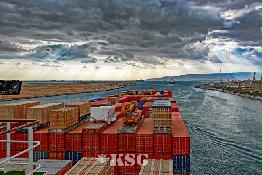



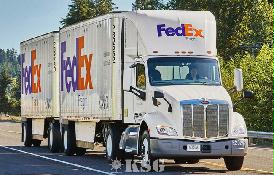
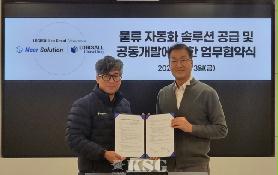


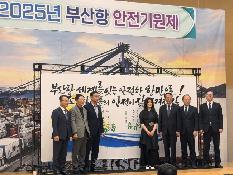
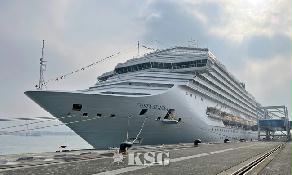
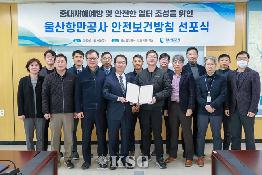
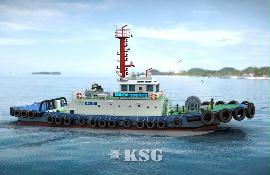

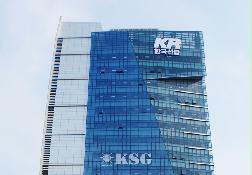
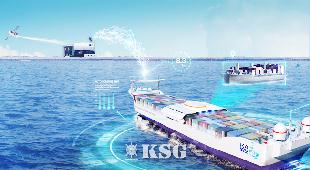

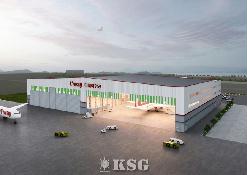
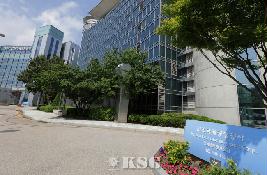

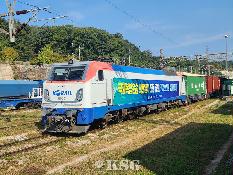


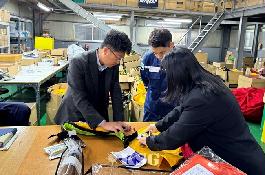
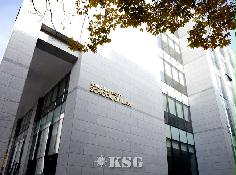




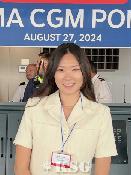





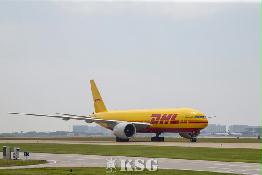
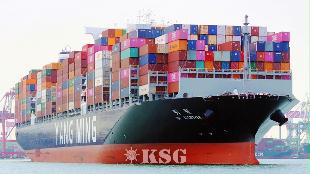
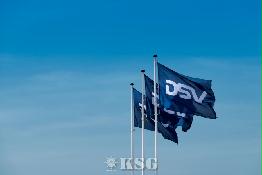
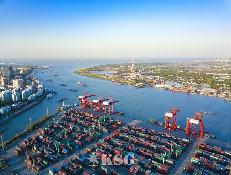
























0/250
확인